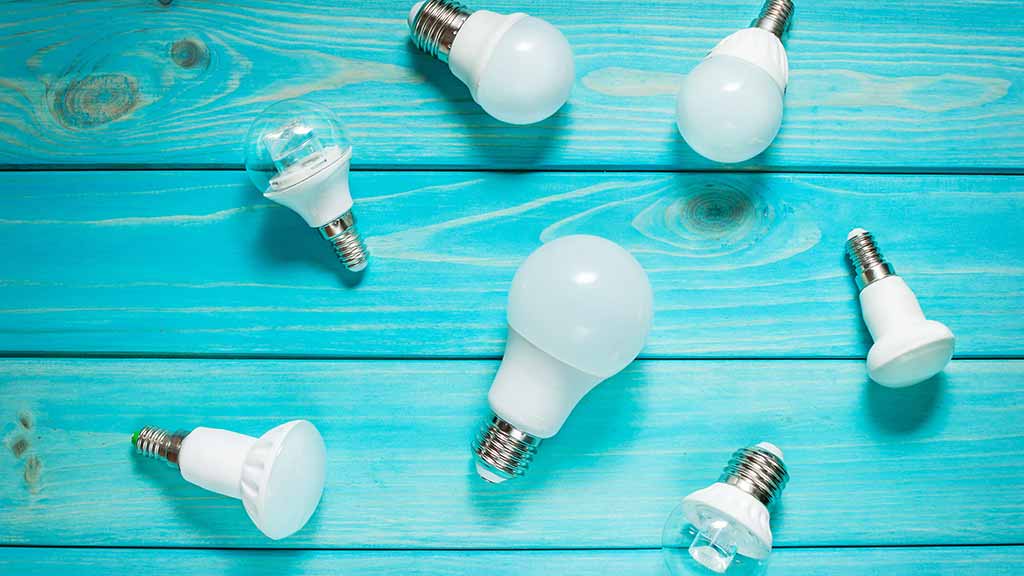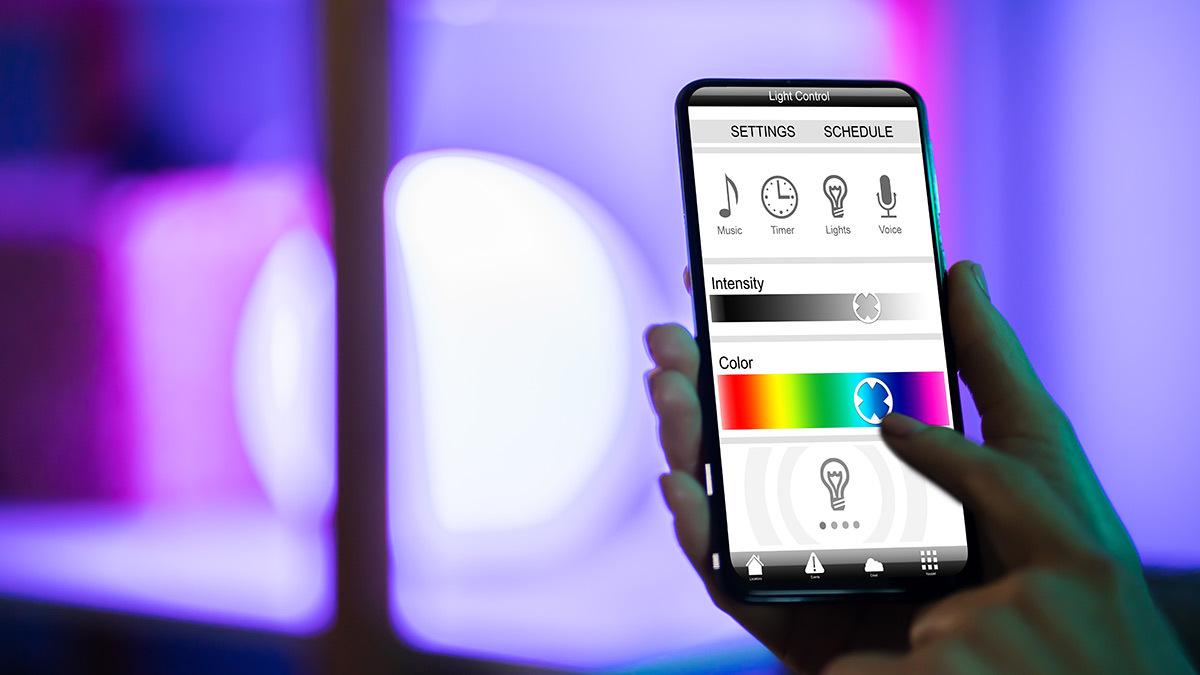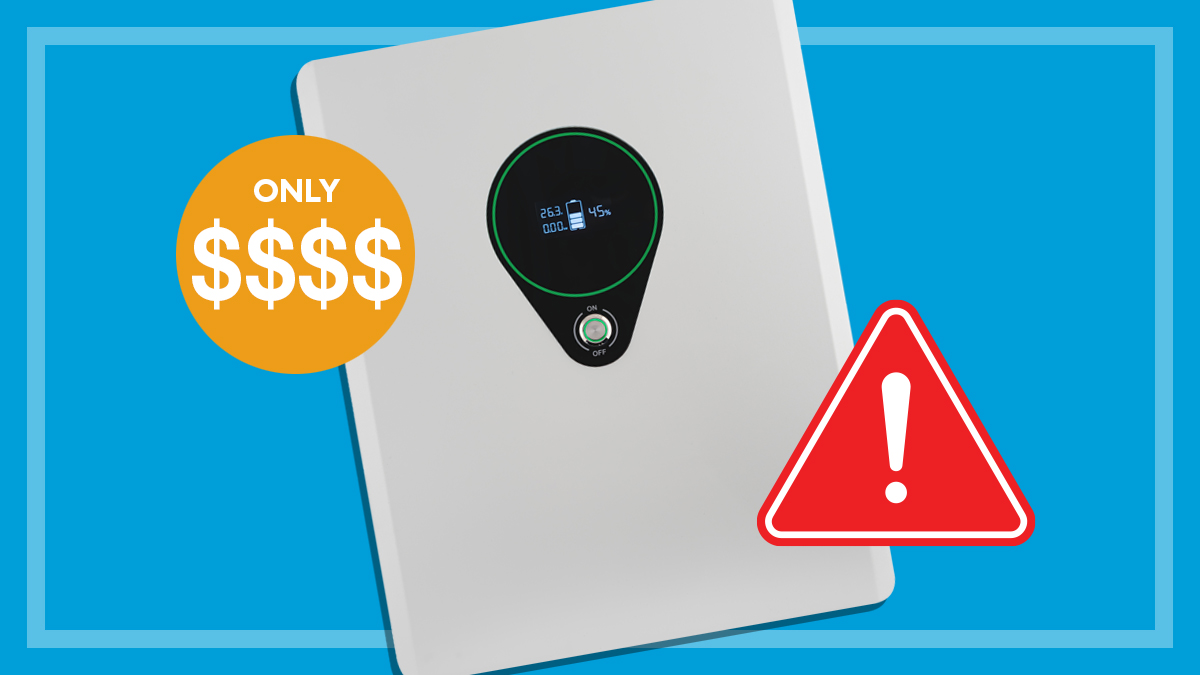Get our independent lab tests, expert reviews and honest advice.
LED light bulbs – what we found

LED light bulbs claim to have lifespans of 15,000 hours or more; that’s more than eight years, assuming five hours’ use per day. Do they really last that long, and does their light output fade over time? At CHOICE we’ve had LED light bulbs on test for the past few years – most for about 14,000 hours, some for much longer – and here’s what we’ve found.
On this page:
LED lifespans
Our tests show that most LED light bulbs do last for a very long time. We’ve had some samples last nearly 30,000 hours of use – that’s over 16 years at five hours’ a day.
Broadly, we think the lifespan claims for most models are fairly reliable, at least at the lower end claims of 15,000 hours. Other claimed lifespans can be as high as 50,000 hours.
How can manufacturers claim such long lifespans when clearly they can’t have tested the light bulbs for that long?
Even with our accelerated test program, where the light bulbs are on for a total of 22 hours a day, it takes nearly two years of testing to get to 15,000 hours. Most likely, the manufacturer’s claimed lifespans are based on stress-testing the components and the assembled light bulb, then projecting a likely lifespan based on that data. That’s not unreasonable – they need to get the products to market quickly, after all. But it means the lifespan is more of an educated guess, which is why we think it’s safer to believe the more conservative claims such as 15,000 hours rather than the more ambitious claims such as 50,000 hours.
Which brands die first?
Very few LED light bulbs die prematurely in our testing, especially when compared to older technologies such as incandescent and CFL light bulbs. We have found a few exceptions:
- Some samples of CLA, Crompton, Sylvania and Viribright light bulbs burned out before reaching their claimed lifespan.
- The EcoChoice bulbs haven’t actually died, but they are now only giving out 69% of their claimed light output, which we consider a technical failure (see LED light output), so in effect these light bulbs have now failed, well short of their claimed 30,000 hour lifespan.
- The Osram LED Superstar Classic A60 Advanced bulbs are only delivering 82% of their claimed output, and are well short of their claimed 25,000 hour lifespan, which is not a good sign that they’ll last the distance.
- Some other Osram light bulbs burned out but only after exceeding their claimed lifespan.
LED light output
Since we began testing them in 2011, LED light bulbs have tended towards improved efficiency; that is, more light output for less energy used.
For example, the first LED bulb we tested – the Philips Master LEDbulb – used 12W to produce 806lm (lumens), the equivalent light output to a 60W incandescent light bulb. A current model would only use about 8W to produce that much light, while a 12W model would produce well over 1000lm, even up to 1500lm.
Which brands fade?
LED light bulbs do fade over time, though slowly. Lighting industry guides say that a light bulb’s lifetime is reached when it puts out only 70% of its claimed light output (or when it dies completely) – in other words, a 30% decrease in light output. By that standard, most of the LED light bulbs we tested are still fine. However a few have faded faster:
Less than 70% light output
- EcoChoice
76–85% light output
- Brilliant
- Philips
- Osram LED Superstar Classic A60 Advanced
- Verbatim LED Classic A B22 9W 64477
The rest of the tested light bulbs are still delivering more than 90% of their claimed light output.
How far must a light bulb fade before you’d notice? You’d be unlikely to notice a 10% drop in light output, especially over several years. You would be likely to notice a 30% drop, though again, given the long lifespans of LED light bulbs, it might take a while to realise that the room seems dimmer than it once did.
Tested light bulbs
Our latest test
This is the most recent batch of LED light bulbs we tested which you’ll find in the current review. This test began in 2015 and most models are now superseded by newer versions.
- Brilliant 18539 LED A60 10W
- Crompton XL-12ES3KDIM Dimmable LED
- EcoChoice LED LED 9W B22
- Ikea Ledare LED1337G15
- Ikea Ledare LED1427G9
- Lucci LEDLux GLS SKU 120922
- Mort Bay E27-A 12843
- Osram LED Star Classic A100
- Osram LED Superstar CLASSIC A60 Advanced
- Philips LEDbulb 12.5W B22
- Philips LEDbulb 9.5W B22
- Sylvania YKA60C5-D-9.5W 026002
- Verbatim LED Classic A B22 9W 64477
- Verbatim LED Grand Classic E27 12W 64479
Still going
We also kept some older LED light bulbs on our test rig from earlier tests we performed between 2011 and 2015. This includes the first LED light bulb to go on sale in Australia, the Philips Master LEDbulb 12W, which we bought for a crazy $71.50 per bulb back in 2011. Those original Philips bulbs have now had nearly 30,000 hours of on-time in our test rig – well above their claimed 25,000 hour life – and are still working, though they are noticeably dimmer than when they started.
The rest of these older light bulbs have been on test for approximately 15,000 to 19,000 hours, depending on when we bought them. Only a few have failed, but all have faded noticeably over time.
- CLA Longlife LED Lamp 3000K
- Crompton Lighting XL-LED Performance LED lamp
- Crompton Lighting XL-LED Performance LED Lamp XL-7.5ES27
- Everglow 10W SanAn B22
- GE Lighting LED Snowcone A19 10.5W 3000K E27
- Ikea Ledare LED 660lm 10W
- Lucci Ledlux LED Dimmable GLS BC
- Megaman LED dimmable 14W
- Mort Bay E27 – A 9.5W LED
- Osram LED Star Classic A 60 LED 9W
- Philips LEDBulb 13W B22 220-240V 1055lm
- Philips Master LEDbulb MV 12W dimmable
- Sylvania Toledo LED GLS A60 dimmable
- Sylvania LED A60 GLS
- Verbatim Classic A E27 11W 810lm
- Viribright 10W Dimmable Mains LED Light Globe






